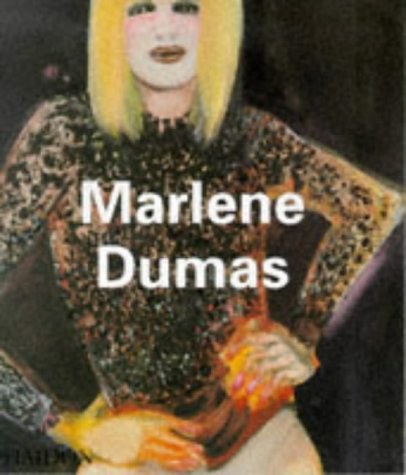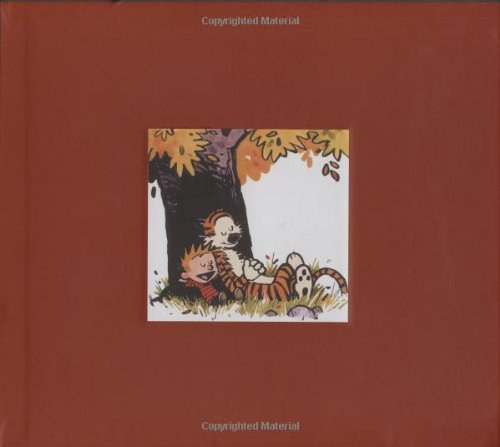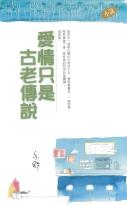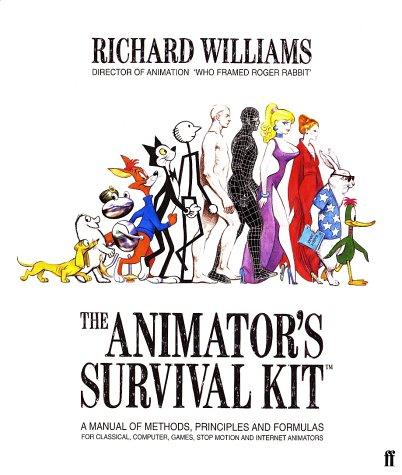
101 Things I Learned in Architecture School
书刊介绍
内容简介
This is a book that students of architecture will want to keep in the studio and in their backpacks. It is also a book they may want to keep out of view of their professors, for it expresses in clear and simple language things that tend to be murky and abstruse in the classroom. These 101 concise lessons in design, drawing, the creative process, and presentation--from the basics of "How to Draw a Line" to the complexities of color theory--provide a much-needed primer in architectural literacy, making concrete what too often is left nebulous or open-ended in the architecture curriculum. Each lesson utilizes a two-page format, with a brief explanation and an illustration that can range from diagrammatic to whimsical. The lesson on "How to Draw a Line" is illustrated by examples of good and bad lines; a lesson on the dangers of awkward floor level changes shows the television actor Dick Van Dyke in the midst of a pratfall; a discussion of the proportional differences between traditional and modern buildings features a drawing of a building split neatly in half between the two. Written by an architect and instructor who remembers well the fog of his own student days, 101 Things I Learned in Architecture School provides valuable guideposts for navigating the design studio and other classes in the architecture curriculum. Architecture graduates--from young designers to experienced practitioners--will turn to the book as well, for inspiration and a guide back to basics when solving a complex design problem.
作者简介
Matthew Frederick is an architect and urban designer who lives in Cambridge, Massachusetts. He has taught at a number of colleges and universities, including Boston Architectural College and Wentworth Institute of Technology.
精彩摘录
1:如何画一条直线: 一:线条首尾加以强调 二:线条交汇时需要有轻微的重叠 三:完整画出一根线条
——引自第1页
2:图的形指的是放置在纸张、画布或是其他背景上的元素或形态,而图的底是纸张上的空白部分。图形也可称为对象、形体、要素或者建筑实体。基底有时也被称为空间、消极空间、空白空间或者场地。
——引自第1页
相关推荐
-

素描基础
作品目录序言导言第一章 学画素描图例说明第二章 线条图例说明第三章 光与块画图例说明第四章 体块图例说明第五章 位置 朝向或方
-

巴菲特给青少年的忠告
《巴菲特给青少年的忠告》内容简介:《巴菲特给青少年的忠告》从巴菲特日常生活的记述到投资策略的分析,从不为人知的小事情的描写
-

新订债法各论-(上中下)
新订债法各论-(上中下) 内容简介 本书主要内容为各种之债,也旁及整体债法的构成体系,及至各种之债以外债的类型,以求表达债务的全貌。新订债法各论-(上中下) 目...
-

穿裤子的云
作者:马雅可夫斯基(1893--1930),俄罗斯诗人,剧作家,20世纪世界诗坛上是最著名的诗人之一。译者:飞白,云南大学外语系教授,浙江省比较文学与外国文学学...
-

维塔
在维塔,那些患病者、无家可归的人都被留在这里等死。卡塔里娜也是如此。穿过濒临消声的语词和被宣判失效的回忆,环绕卡塔里娜的一切成为一种见证;当家庭、机构、化学物质...
-

唐诗三百首全解
《唐诗三百首全解》综合前人与今人注本的各种长处,为读者提供了一部比较切合时用的,知识性、资料性、鉴赏性相结合的读本。在文字从简的《唐诗三百首》图文本、画册本争奇...
-

无人知晓
★电影大师是枝裕和戛纳电影节金棕榈奖入围影片同名小说。是枝裕和导演官方授权改编小说。以克制文字再现经典电影。影片入围戛纳电影节金棕榈奖,获日本三大电影奖:报知电...
-

大山里的小诗人
作品目录归期 小狗 买爸爸的一天 云 一家人 带你回地球 长大 老师 日历 距离 家 假装 回来 怎么样了 离开妈妈 采蘑菇 月亮妈妈
-

敏感与自我
我们比以往任何时候都更忙于调整合理的限度。可以说的边界在哪里?什么时候触摸变得让人厌恶?本书作者后退一步,揭示了冲突的核心:自我和社会的日益敏感化。聚焦敏感,围...
-

植物景观设计
植物景观设计 本书特色 强调了运用植物的大小、姿态、色彩、质感,结合不同的空间、场地,阐述了科学的选择和配置,以达到思维上的创新。介绍了从种植设计程序到实施的每...
-

离离原上草
离离原上草 内容简介 《离离原上草》为上世纪中国从封建专制走向君主立宪、民主共和的全景图,也是中国宪政草创时期的客观描述,闪烁着国人追求民主之光芒,并闪耀着人性...
-

软件研发之道
Jim McCarthy 具有二十多年从事软件开发工作的经验。先后供职于AT&T 贝尔实验室及白水公司,现任微软Visual C++事业部总监。时常在世界各地开...
-

BLAME! 3
著:弐瓶勉(ニヘイツトム)1971年生まれ。男性。福島県福島市出身。代表作に『BLAME!』など。1995年、『BLAME』がアフタヌーン四季賞で谷口ジロー特別...
-

基督山伯爵
大仲马是法国文学史上久负盛名的文学家。他著名的代表作,当数《基督山伯爵》和《三剑客》。为了写作这部小说,大仲马去马赛重游加泰罗尼亚渔村和伊夫堡。他反复酝酿,构思...
-

甲状腺疾病
甲状腺疾病 节选 《协和名医健康指导丛书》是北京协和医院服务于社会大众的重要读物,本着"严谨、求精、勤奋、奉献"的院训指导思想,由北京协和医院组织院内*优秀、*...
-

历史文化名城保护
历史文化名城保护 本书特色 本书是“新视野·文化遗产保护论丛”的一本,作者单霁翔先生系故宫博物院院长,曾任国家文物局局长,对于我国文化遗产保护工作有着独特的见解...
-

工程光学-第3版
工程光学-第3版 本书特色 郁道银的《工程光学(第3版)》修订的指导思想仍然是坚持注重基本理论的论述,加强理论与工程实际的结合,突出现代光学与光学技术的发展。 ...
-

Jonathan Forrest《Samurai High》
Heisaboywithoutnamewieldingakatana.Acriminalofunspeakableacts,sins,sentencedtoap...
-

儒家宪政与中国未来
作品目录范瑞平前言 政治儒学复兴的正当性问题蒋庆儒学在当今中国有什么用? 王绍光“王道政治”是个好东西? 蒋 庆 回应王绍光
-
![[英] Agatha Christie《Poirot's Early Cases》](http://oss.shudanhao.com/caiji/chazidian/2023/46359.jpg)
[英] Agatha Christie《Poirot's Early Cases》
CaptainHastingsrecounts18ofPoirotsearlycasesfromthedaysbeforehewasfamous...Hercu...





